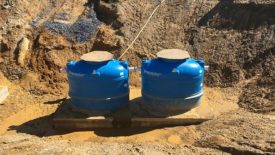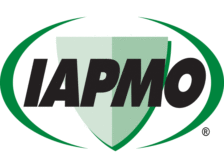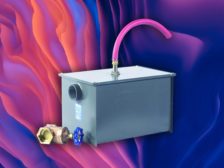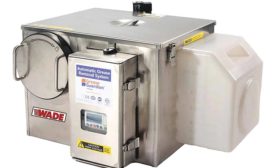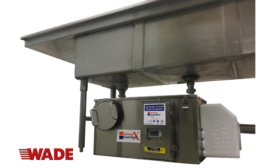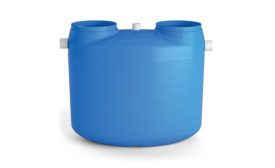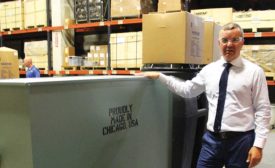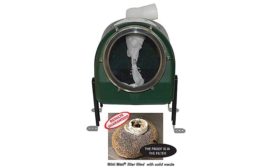Home » Keywords: » grease interceptor
Items Tagged with 'grease interceptor'
ARTICLES
Proceptor grease interceptor system helps save restaurant from fines and possible closure.
Read More
Oh, the lowly grease trap
Understanding the worst places in a commercial kitchen or food processor.
June 16, 2021
AGRUs present numerous benefits for end users
How automatic grease recovery units positively impact sewer systems and the environment.
September 16, 2020
NSF
Harmonization efforts could aid in providing more strict regulations for grease interceptors
FOG alert.
October 17, 2019
pme profile: Michael Whiteside, MIFAB
MIFAB grows into a bigger space
Chicago-based manufacturer celebrates the groundbreaking of a 68,000-sq.-ft. expansion.
September 10, 2019
Ed McMenamin: Understanding big plumbing issues one piece at a time
You have to eat a big meal one piece at a time.
April 10, 2019
Get our new eMagazine delivered to your inbox every month.
Stay in the know on the latest plumbing, piping, hydronic and fire protection trends.
SUBSCRIBE TODAYCopyright ©2024. All Rights Reserved BNP Media.
Design, CMS, Hosting & Web Development :: ePublishing
